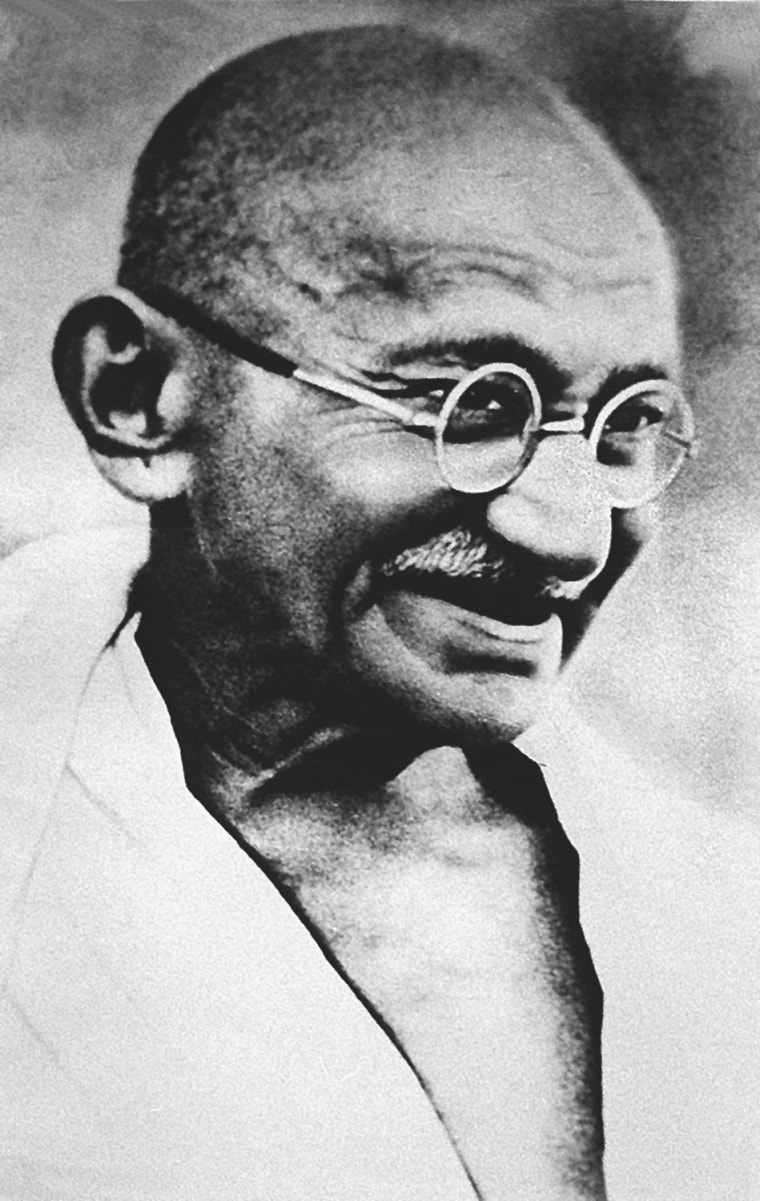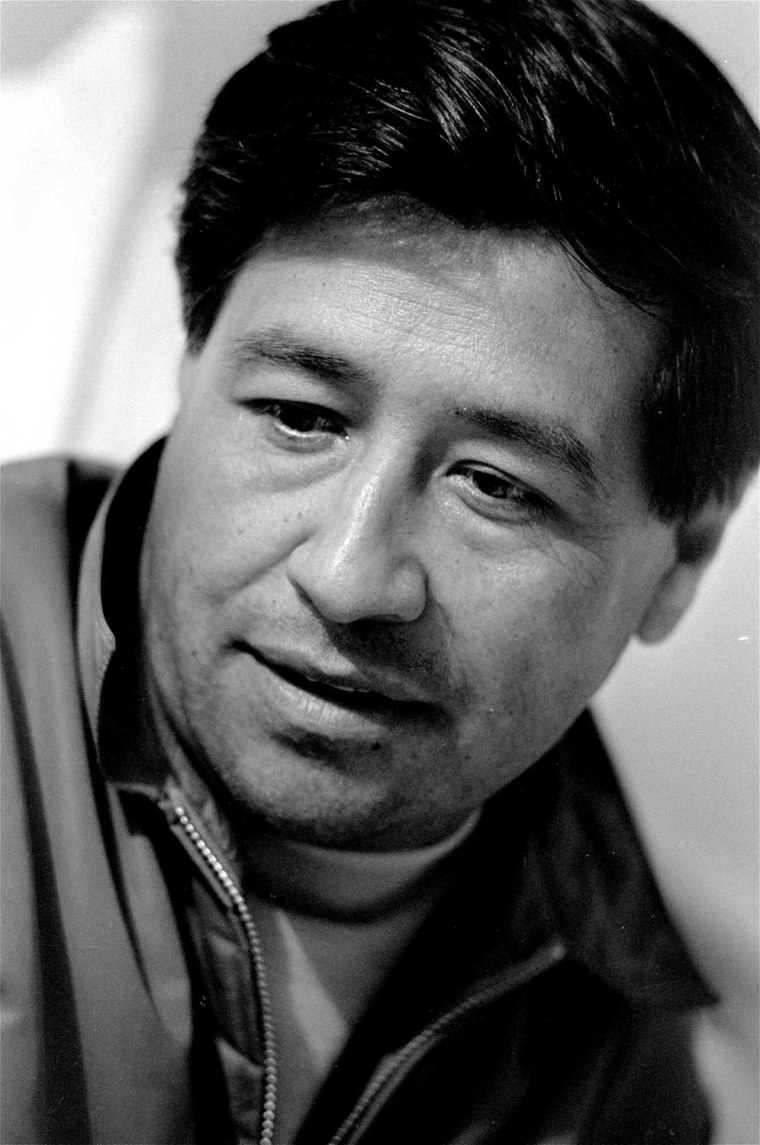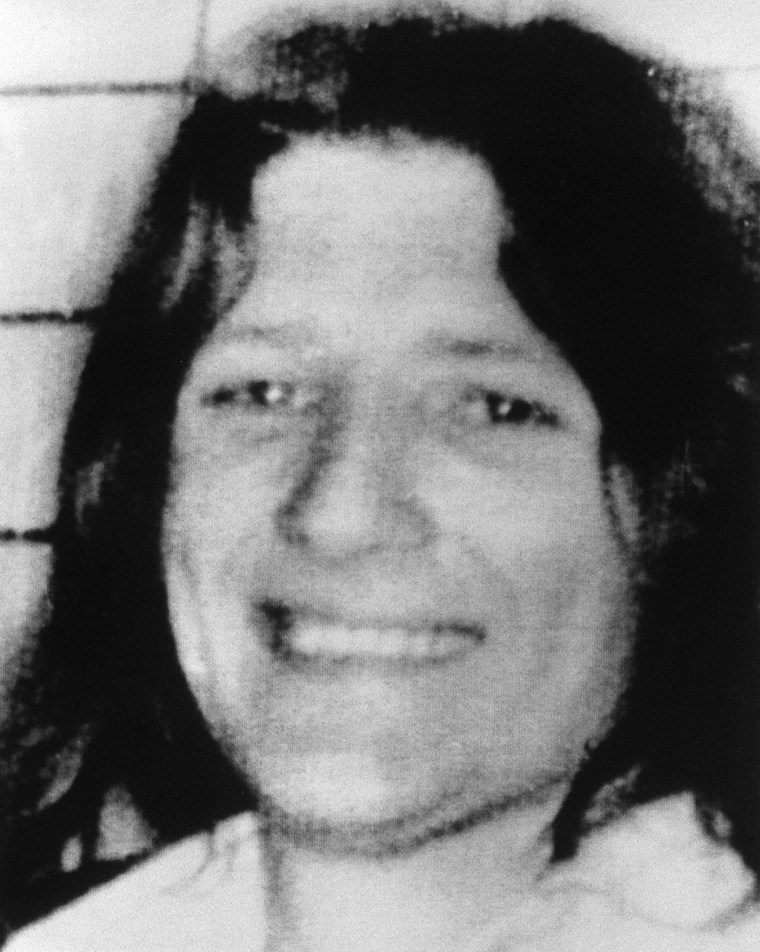Few forms of civil disobedience attract the same level of public attention as a hunger strike.
Visceral, agonizing, and striking at a person’s most simple needs, the method of protest has been used the world over to galvanize popular support, unite a cause, and draw attention to issues that otherwise might go ignored.
Entirely reliant on how long the striker can hold out against his or her most basic instincts, hunger strikes don’t require placards or meeting halls or television cameras. It’s a means of dissent available to almost anyone, anywhere in the world.

President Obama vowed on Tuesday to make good on an old campaign promise and close Guantanamo Bay, where more than half of the terror suspects held at the prison camp are on a hunger strike to protest their living conditions and continued detention.
Here are some others who have achieved notoriety for not eating:
1. Marion Wallace-Dunlop
After being arrested for mounting a protest outside the House of Commons in July 1909, Wallace-Dunlop became the first British suffragette to take up a hunger strike. She held out for ninety-one hours before being released by authorities worried for her health. The tactic caught on in popularity among other incarcerated members of the Women’s Social and Political Union.
2. Mohandas Gandhi
The man credited with helping found an independent Indian state and the inspiration for countless non-violent protests, Gandhi used hunger strikes as a tactic numerous times. Some proved unsuccessful, like a twenty-one day fast against British rule that Gandhi began in February 1943. Another fast in 1948 ended after five days, with Muslims, Sikhs, and Hindus saying they would work toward Gandhi’s vision of greater national unity.

3. Cesar Chavez
The Latino-American labor rights leader used hunger strikes multiple times while agitating for farm workers. In 1968, Chavez undertook a 25-day fast to gain recognition for the union he helped co-found, the United Farm Workers. He repeated the fast for 24 days in 1972, then carried on a 36-day fast in 1988 at the age of 61.
4. Guillermo Farinas
A Cuban journalist and dissident, Farinas has mounted hunger strikes to protest the death of a fellow activist, denounce his country’s position on Internet censorship, and demand the release of political prisoners.
5. Bobby Sands
This Irish nationalist died 66 days into a hunger strike in 1981, demanding that Irish Republican Army members be held as political prisoners by the British during the Troubles. The 27-year-old Sands lost 60 pounds before he died. He actions drew the ire of then-Prime Minister Margaret Thatcher, who called him a "convicted criminal" after he died, who "chose to take his own life." Nine more hunger strikers died after Sands.

6. Saddam Hussein
No matter how harrowing, not all hunger strikes elicit the public’s good will. Iraq’s deposed despot announced in February 2006 that he had gone on a hunger strike to protest his trial. Hussein lasted nineteen days, citing health concerns when he threw in the towel.
7. Mia Farrow
The actress made it through 12 days of a planned three-week fast to protest the expulsion of aid agencies from the embattled region of Darfur in 2009. The “Hannah and Her Sisters” star called it quits after she lost nearly 13 pounds, she later told “People.”
Related:
